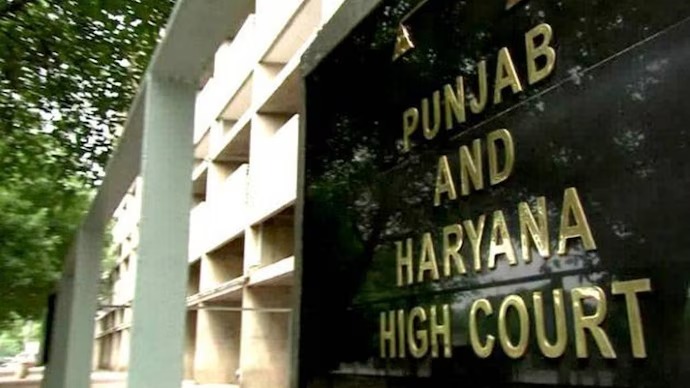Sir Barnes Peacock, Kt., C.J.@mdashThis case was referred to a Full Bench in consequence of a decision passed by Levinge and Roberts, JJ., on the 15th of May 1863, in the case of Dhurum Rawoot v. Ramnauth Sahoo 2 Hay''s Rep., 585, in which they said:--"We "were first of opinion that the objection taken on special appeal to the jurisdiction of the Sudder Ameen was frivolous; but, on reconsideration, we are of opinion that the Sudder Ameen had no jurisdiction to entertain this suit, inasmuch as the causes of action on the two bonds were cognizable in the Munsiff''s Court, and therefore could not be joined in the same suit and tried in the Sudder Ameen''s Court. We must therefore reverse the decree." It appears to us that that decision is not correct. Act VIII of 1859, s. 5, says:--" Subject to such pecuniary or other limitations as are or shall be prescribed by any law for the time being in force, the Civil Courts of each grade shall receive, try, and determine all suits hereby declared to be cognizable by those Courts," &c. Now what are the suits which are declared to be cognizable by the Civil Courts? They are the suits mentioned in s. 1, viz.:--"All suits of a civil nature, with the exception of suits of which their cognizance is barred by any Act of Parliament, or by any Regulation of the Codes of Bengal, Madras, and Bombay, respectively, or by any Act of the Governor-General of India in Council." As an instance of suits of which the cognizance is barred, we may refer to s. 23 of Act X of 1859, which provides that suits for arrears of rent, &c., shall be brought before the Collector, and, except in the way of appeal, shall not be cognizable by any other Court. Now, the pecuniary limitation as regards a Munsiff''s jurisdiction is Rs. 300. If a suit is for a sum exceeding Rs. 300, it is beyond the" jurisdiction of the Munsiff. S. 8 provides that:--"Causes of action by and against the same parties, and cognizable by the same Court, may be joined in the same suit, provided the entire claim in respect of the amount or value of the property in suit do not exceed the jurisdiction of such Courts." Causes of action on two bonds may therefore be joined. The suit may be brought in the Munsiff''s Court, provided the whole amount claimed does not exceed the pecuniary limit of the jurisdiction of that Court. But if the amount claimed in respect of the two bonds exceeds Rs. 300, the suit would be cognizable in the Principal Sudder Ameen''s Court. S. 6 enacts that "every suit shall be instituted in the Court of the lowest grade competent to try it." That amounts to no more than this, that if the aggregate amount of the causes of action joined in one suit is less, or, in other words, if the suit is for less than Rs. 300, the suit could not be brought in the Principal Sudder Ameen''s Court, because, by s. 6, "every suit is to be instituted in the Court of the lowest grade competent to try it." S. 9 has also been referred to. Its object is to enable the Court, when different causes of action of different natures are joined, and the Court shall be of opinion that they cannot conveniently be tried together, with reference to the evidence for instance, to order each separate cause of action to be tried separately. Take the case of a suit for an account and partition between two brothers, who were also partners, and including a dispute as to the possession of land. The Judge might say, "I will try the title to the laud first, and afterwards go into the partnership account:" and after trying both questions, whether together or separately, he would give one decree in the suit. It would still be one suit, and cognizable as such.
2. In the present case we think that the Principal Sudder Ameen has jurisdiction to try this suit for laud, with mesne profits, notwithstanding that the value of the laud, standing by itself, was under the value cognizable by him.
(1) By Act XVI of 1868 (Lower and North-West Provinces of Bengal), the office of Sudder Ameen was abolished, and the designation of the officers styled Principal Sudder Ameen was altered to Subordinate Judges. The jurisdiction as regards amount however was not changed till 1871. Now, by s. 19, Act VI of 1871, "the jurisdiction of the District or Subordinate Judge extends, subject to the provisions in the Code of Civil Procedure, s. 6, to all original suits cognizable by the Civil Courts."
And by s. 20, "the jurisdiction of a Munsiff extends to all like suits in which the amount or value of the subject-matter in dispute does not exceed Its. 1,000."

